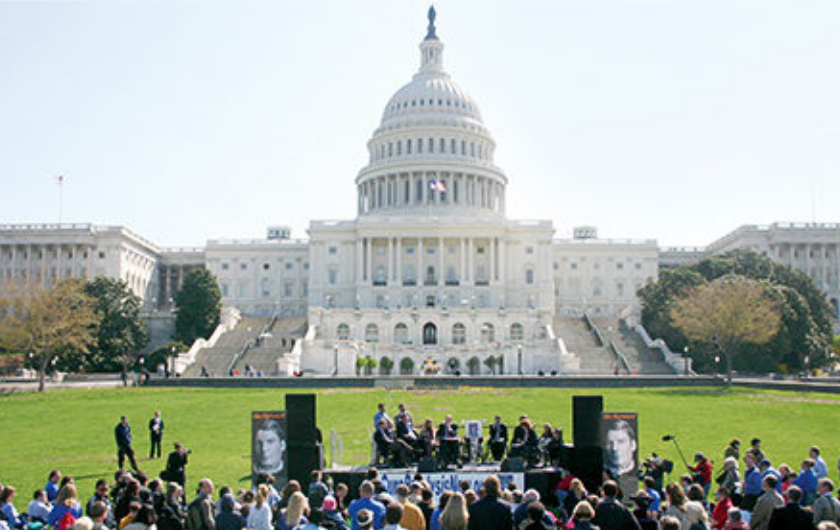First Comes the Injury, Then Comes the Resilience
There’s a moment after injury when the body seems to refuse its familiar agreements. For some, it is right away, and for others, it could be days. There’s a kind of quiet where you realize you can’t push your way through everything the old way, you know, like that wrecking ball you used to be. The frustration for me became a teacher, and the pain became a constant reminder. Initially, I clung to hope that if I pushed myself in those first 18 months, I could regain my mobility and walk again. But then after those 18 months nothing had changed in a drastic manner, so I learned to sit with discomfort, to ask for help without shrinking, to measure progress not by speed but by small, persistent wins. My new journey demanded a deeper honesty about who I was when the outward signs of success were reshaped.

My identity didn’t vanish; it renegotiated itself. I discovered that I could still be ambitious, but in a more nuanced way. I found that resilience isn’t about forcing the body to keep pace with a fixed ideal; it’s about aligning the mind with a new rhythm and not letting someone else’s actions dictate my life. My priorities shifted from trying my hardest to walk again to making the best out of my new situation, which looked to have no ending. I began to advocate for those who couldn’t either because they were dead or scared. I took my dignity back and proclaimed that my value was worth more if I could help others see the value in themselves.
My injury uncovered strengths I hadn’t noticed: the capacity for nuance in problem-solving, the grace of asking for support/help, and the creativity born from limited options. I learned to advocate more effectively, translating frustration into constructive conversation and turning barriers into opportunities for collaboration with many different establishments. Empathy deepened; I understood how much others carry when they’re supporting someone else’s healing journey. My perspective broadened beyond personal goals to a broader sense of shared humanity—the recognition that a life worth living isn’t measured by “just living” but thriving in a world that not only sees my disability but understands my disability and not making accommodations the bare minimum, but a realistic level of living independently.
With the old compass no longer reliable, which sometimes seems never reliable, I created a new direction anchored in meaning rather than pace. Purpose shifted from personal achievement to contribution, mentoring others navigating similar transitions, advocating for accessible environments, and sharing stories that normalize disability as a human experience, not its definitional limit. The act of helping others discover their own paths became a sense of purpose, as well as showing my kids that bad things happen to good people, but it’s up to you with what you do with it. My body may be altered, but my spirit has learned to lead in compassionate, resilient ways.
If life after a spinal cord injury teaches anything, it’s that my identity is not a fixed portrait but a living practice. A box that I am destined to step outside of. I am still me—yet more, some would say better. I am a person of perseverance, a student of adaptation, and a participant in a circle that values every form of strength. This transformation isn’t about erasing the past but enhancing it with a present brimming with possibility. From Ms. Wheelchair Missouri, speaking engagements, commercials, my business Diamond in the Rough KC, to advocating and making changes in facilities to make it a realistic level of accessibility, my journey continues, and with each roll—even a smaller, slower one—I remind myself: purpose grows where we choose to show up, honestly, courageously, and never giving up.
Join Our Movement
What started as an idea has become a national movement. With your support, we can influence policy and inspire lasting change.
Become an Advocate